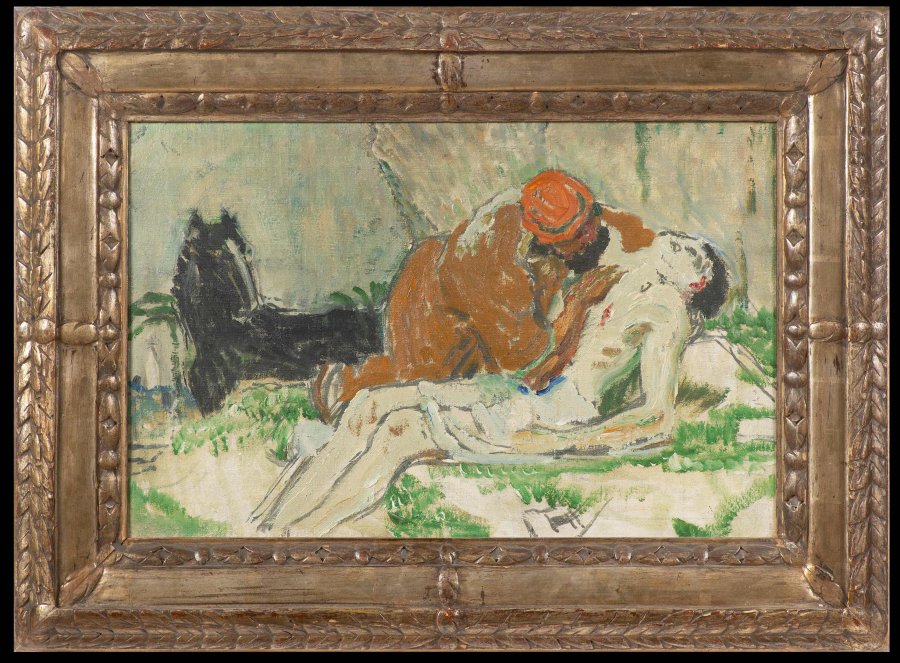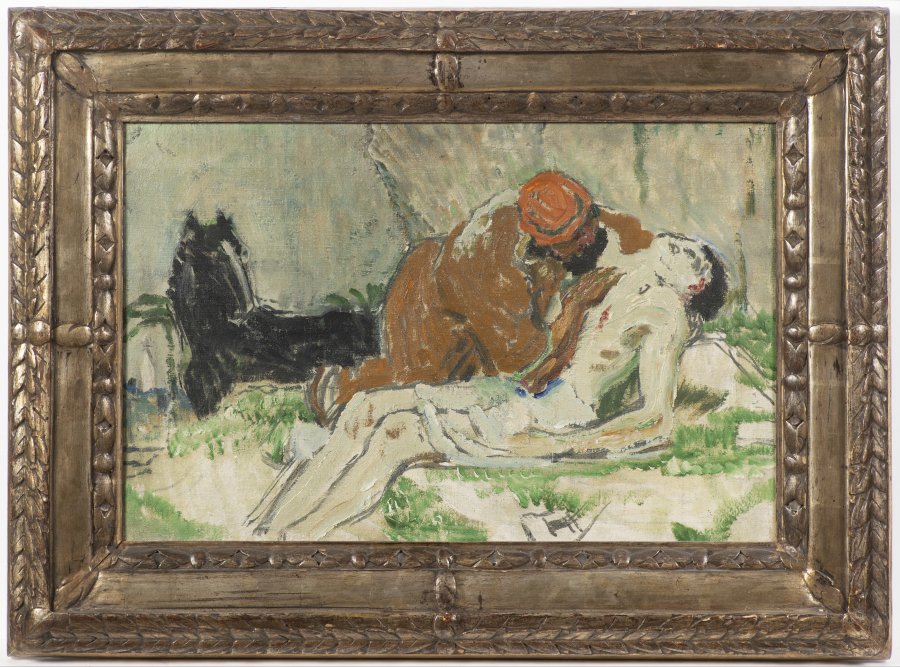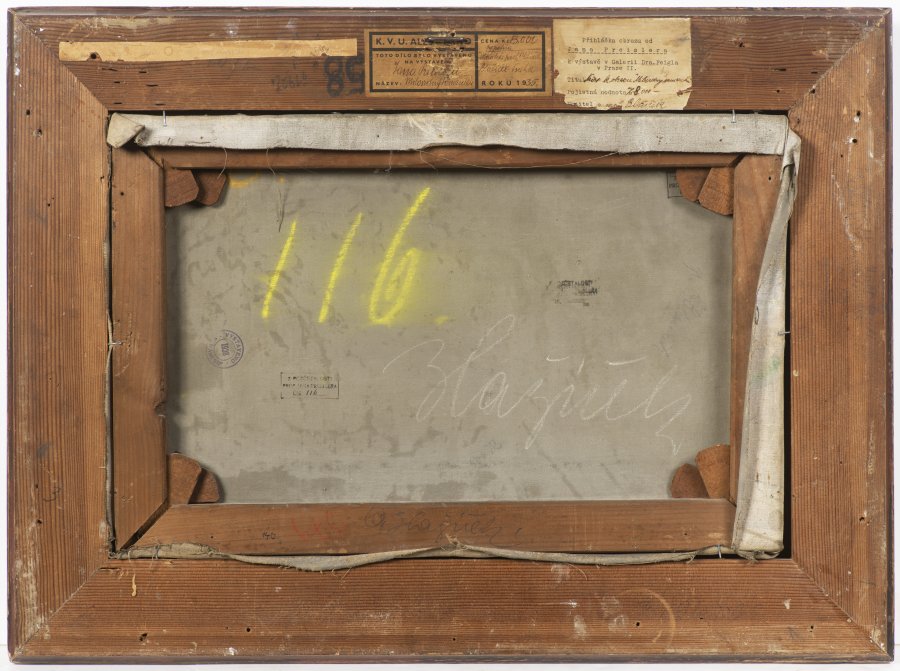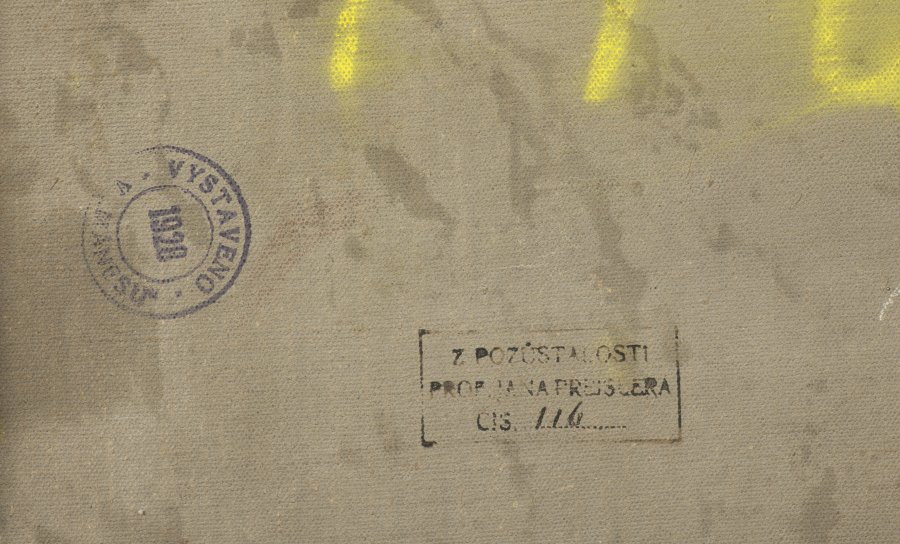3 800 000 CZK
| 149 020 €
Oil on canvas.
Stamps on reverse: Estate of Jan Preisler; exhibited at the Manes in 1928; collection of Oldrich Blazicek.
Labels: Club of Fine Artists exhibition in 1935, insured value 8000 Czechoslovak koruna; submitted for the Galerie Hugo Feigl exhibition in Prague II.
The painting, which originally was part of Preisler’s estate and was exhibited several times, is an excellent example of the painter’s spontaneous, yet stylish expression. As explained in the expert assessment by Prof. PhDr. Petr Wittlich, CSc: “It captured the attention of Antonin Matejcek, the author of Preisler’s main monograph in 1950, which dated it to 1913–1914 and understood it as a ‘fascinating allegory of suffering and love’ and as an expression of Preisler’s inner restlessness, as a response to his fatigue from the strict methodical and classical style the painter imposed on himself in 1909–1912. Newer literature, however, interprets the painting in the specific context of his work: as a personal response to an eponymous painting by Emil Filla, which sparked debate when it was exhibited at the Manes association’s spring exhibition in 1911. Preisler was actively interested in the activities of the younger generation in the Osma art group, and he advocated for their acceptance to Mánes. The theory that his Good Samaritan is a response to Filla is highly likely also given that such a dramatic theme is rare in Preisler’s oeuvre. A comparison of the two paintings excellently demonstrates how differing artistic opinions are expressed in a competition of ideas. Although Preisler’s painting is also highly expressive, which is seen in the style and execution, it is composed with the experience he gained from earlier decorative work. This merger of expression and mature composition gives shape to the special value of Preisler’s expression compared to Filla’s “Baroque” violence. In terms of color, Preisler’s painting is more of a sketch allowing the white support to show through, which helps to unify the image. The use of black color is an interesting detail. In Preisler’s Black Lake period, black possessed important contextual and artistic meaning. The black horse here is important as an expressive element of color, adding a demonic note to the dramatic scene. The browns and reds of the Samaritan, the colors of life, are surrounded by the blackness of the horse and whiteness of the dying man; Preisler’s ingenious sense of color is displayed in this contrasting, yet harmonious composition of colors. The Good Samaritan is a Preisler painting that testifies to his artistic mastery and his artistic potential, which classified Preisler as a founder of Czech modern painting.”
Ref.: Jan Preisler (1910–1914); Petr Wittlich, Lenka Bydzovská, Karel Srp, Polana Bregantová; Municipal House 2003 – p. 301, fig. 313. Jan Preisler – kresby; Petr Wittlich; Odeon Praha 1988 – Nácrt k Milosrdnému Samaritánovi (1910–14), p. 61, list of images fig. 18. The Good Samaritan in Works of Czech artists in the First Half of the 20th Century; Bachelor’s thesis, Eliska Pechácková (Catholic Theological Faculty, 2007).
More works from auction
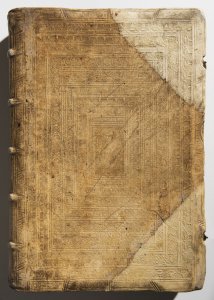
Lot 1 LIBER CHRONICARUM
Starting price650 000 CZK | 25 490 €
Price realized
650 000 CZK | 25 490 €
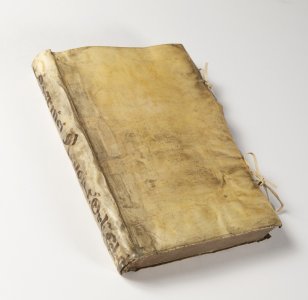
Lot 2 DE REVOLUTIONIBUS ORBIUM COELESTIUM
Starting price1 900 000 CZK | 74 510 €
Price realized
2 000 000 CZK | 78 431 €
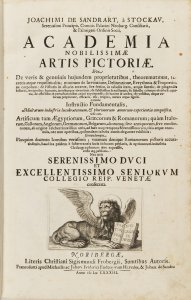
Lot 3 ACADEMIA NOBILISSIMAE ARTIS PICTORIAE
Starting price40 000 CZK | 1 569 €
Price realized
41 000 CZK | 1 608 €
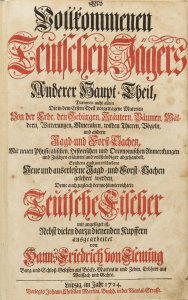
Lot 4 DES VOLLKOMMENEN TEUTSCHEN JÄGERS ANDERER HAUPT-THEIL
Starting price38 000 CZK | 1 490 €
Price realized
10 000 CZK | 392 €
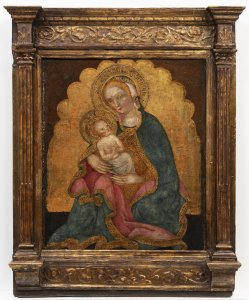
Lot 5 MADONNA WITH THE CHRIST CHILD
Starting price500 000 CZK | 19 608 €
Price realized
500 000 CZK | 19 608 €
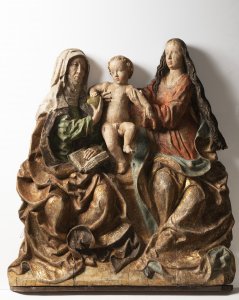
Lot 6 THE VIRGIN AND CHILD WITH ST. ANNE
Starting price350 000 CZK | 13 725 €
Price realized
350 000 CZK | 13 725 €
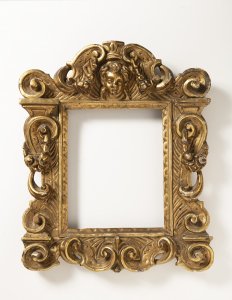
Lot 7 ITALIAN RENAISSANCE FRAME
Starting price55 000 CZK | 2 157 €
Price realized
65 000 CZK | 2 549 €
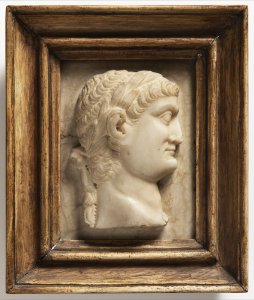
Lot 8 TWO RELIEF PORTRAITS OF ROMAN EMPERORS
Starting price45 000 CZK | 1 765 €
Price realized
45 000 CZK | 1 765 €
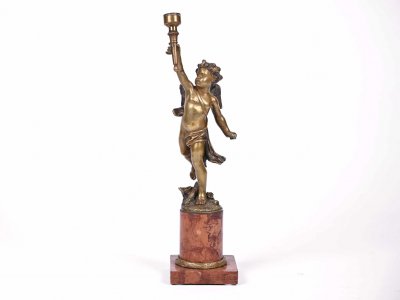
Lot 9 VENUS HONORED BY NYMPHS AND A FAUN
Starting price280 000 CZK | 10 980 €
Price realized
23 225 CZK | 911 €
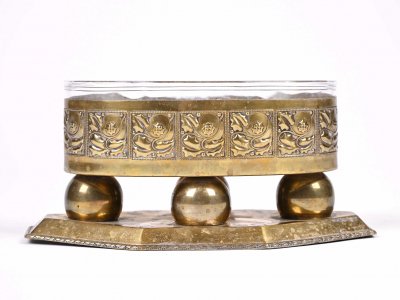
Lot 10 SAINT AGNES OF ROME
Starting price200 000 CZK | 7 843 €
Price realized
3 466 CZK | 136 €
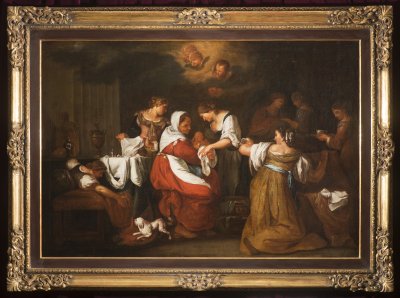
Lot 11 THE BIRTH OF THE VIRGIN
Starting price800 000 CZK | 31 373 €
Price realized
950 000 CZK | 37 255 €
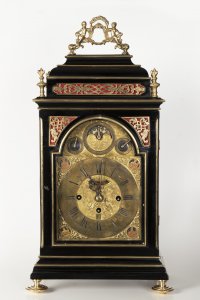
Lot 12 A BAROQUE TABLE CLOCK
Starting price100 000 CZK | 3 922 €
Price realized
100 000 CZK | 3 922 €
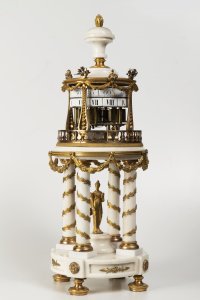
Lot 13 A ROTUNDA TABLE CLOCK
Starting price120 000 CZK | 4 706 €
Price realized
170 000 CZK | 6 667 €
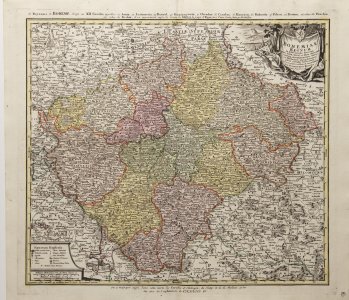
Lot 14 MAPS OF BOHEMIA AND MORAVIA
Starting price28 000 CZK | 1 098 €
Price realized
35 000 CZK | 1 373 €
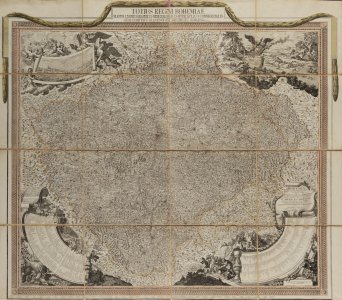
Lot 15 A LARGE MAP OF BOHEMIA
Starting price48 000 CZK | 1 882 €
Price realized
70 000 CZK | 2 745 €
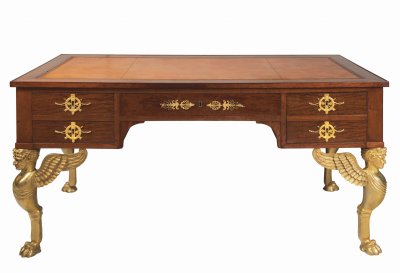
Lot 16 AN EMPIRE DESK
Starting price290 000 CZK | 11 373 €
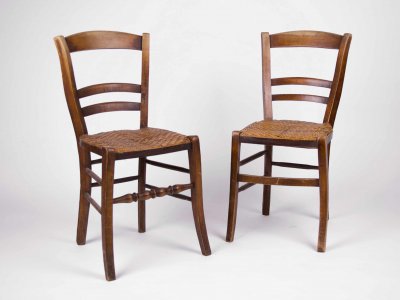
Lot 17 A NEOCLASSICAL CHANDELIER
Starting price55 000 CZK | 2 157 €
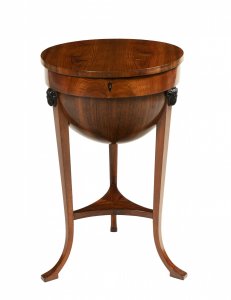
Lot 18 A BIEDERMEIER SEWING TABLE
Starting price120 000 CZK | 4 706 €
Price realized
120 000 CZK | 4 706 €
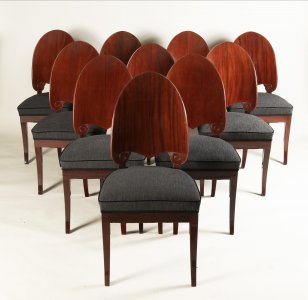
Lot 19 A SET OF TWELVE NORTHERN EUROPEAN MAHOGANY CHAIRS
Starting price450 000 CZK | 17 647 €
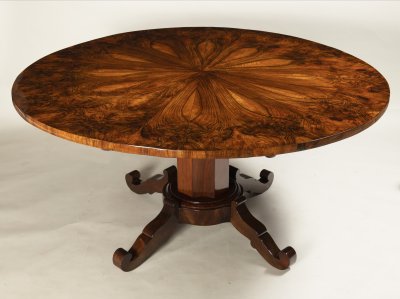
Lot 20 A BIEDERMEIER STYLE TABLE
Starting price70 000 CZK | 2 745 €
Price realized
100 000 CZK | 3 922 €
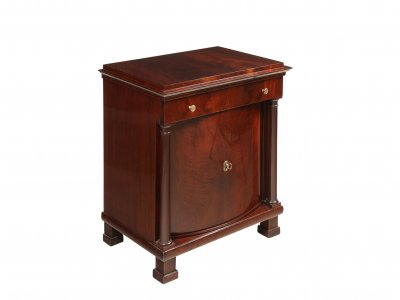
Lot 21 A BIEDERMEIER CHEST
Starting price25 000 CZK | 980 €
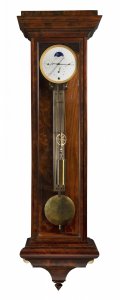
Lot 22 A LATERN CLOCK
Starting price400 000 CZK | 15 686 €
Price realized
400 000 CZK | 15 686 €
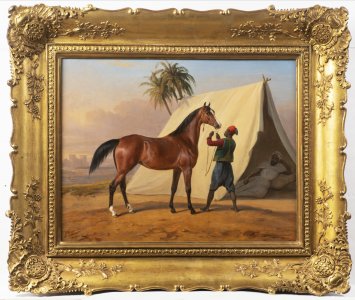
Lot 23 SHOWING AN ARABIAN HORSE
Starting price1 800 000 CZK | 70 588 €
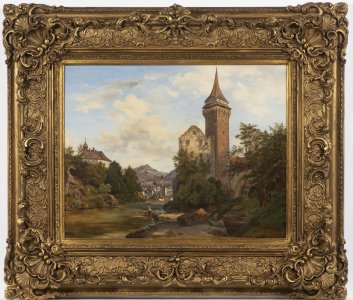
Lot 24 ALPINE MOTIF
Starting price120 000 CZK | 4 706 €
Price realized
120 000 CZK | 4 706 €
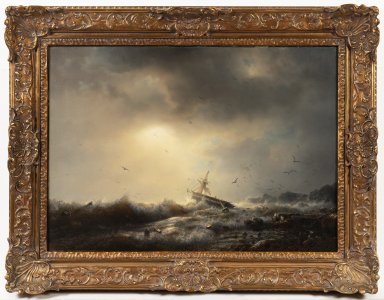
Lot 25 SINKING SHIP
Starting price150 000 CZK | 5 882 €
Price realized
160 000 CZK | 6 275 €
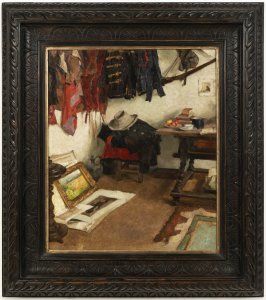
Lot 26 STILL LIFE IN THE STUDIO
Starting price180 000 CZK | 7 059 €
Price realized
350 000 CZK | 13 725 €
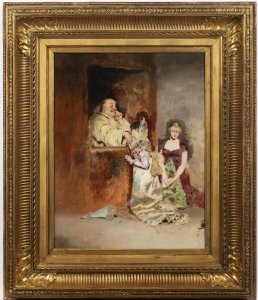
Lot 27 AT THE CONFESSIONAL
Starting price220 000 CZK | 8 627 €
Price realized
220 000 CZK | 8 627 €
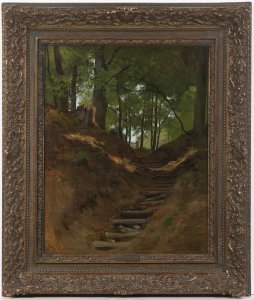
Lot 28 PATH IN A WOODED HILLSIDE
Starting price150 000 CZK | 5 882 €
Price realized
200 000 CZK | 7 843 €
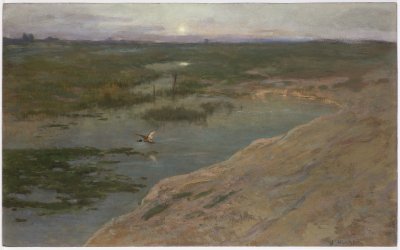
Lot 29 DAWN IN THE LANDSCAPE
Starting price70 000 CZK | 2 745 €
Price realized
80 000 CZK | 3 137 €
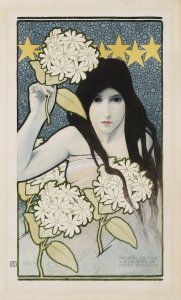
Lot 30 DAY AND NIGHT DIPTYCH
Starting price450 000 CZK | 17 647 €
Price realized
450 000 CZK | 17 647 €
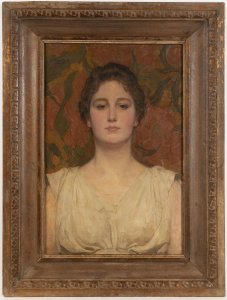
Lot 31 THE DUTCH VIRGIN
Starting price50 000 CZK | 1 961 €
Price realized
70 000 CZK | 2 745 €
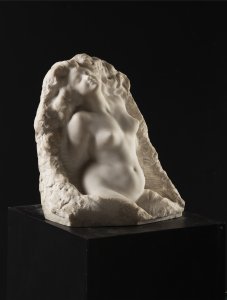
Lot 32 DREAMING
Starting price55 000 CZK | 2 157 €
Price realized
65 000 CZK | 2 549 €
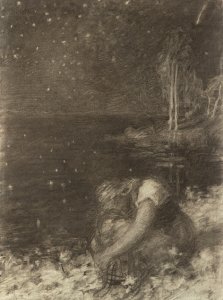
Lot 33 FOUR DRAWINGS FOR KAREL HYNEK MACHA’S MAY
Starting price100 000 CZK | 3 922 €
Price realized
200 000 CZK | 7 843 €
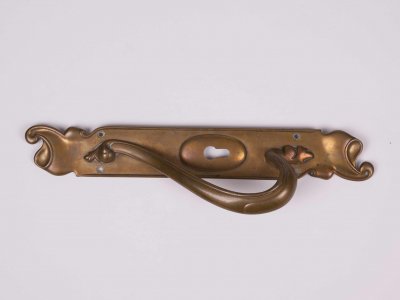
Lot 34 A BOWL
Starting price25 000 CZK | 980 €
Price realized
160 000 CZK | 6 275 €
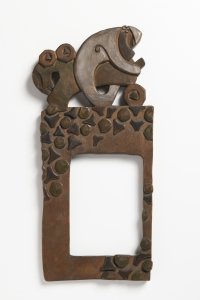
Lot 35 A PORTRAIT FRAME
Starting price18 000 CZK | 706 €
Price realized
95 000 CZK | 3 725 €
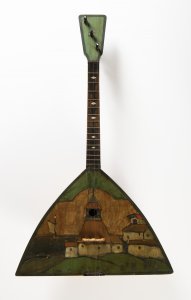
Lot 36 A BALALAIKA
Starting price20 000 CZK | 784 €
Price realized
95 000 CZK | 3 725 €
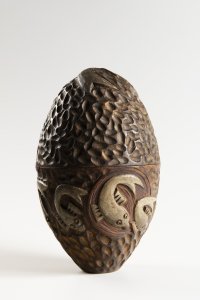
Lot 37 AN EGG-SHAPED BOX
Starting price15 000 CZK | 588 €
Price realized
190 000 CZK | 7 451 €
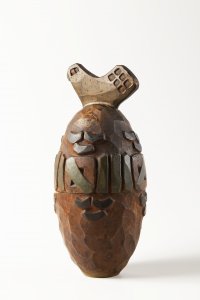
Lot 38 AN EGG-SHAPED BOX
Starting price15 000 CZK | 588 €
Price realized
370 000 CZK | 14 510 €
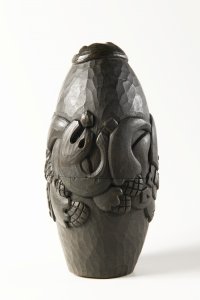
Lot 39 AN EGG-SHAPED BOX
Starting price15 000 CZK | 588 €
Price realized
170 000 CZK | 6 667 €
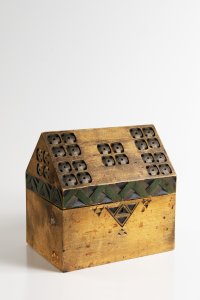
Lot 40 A BOX
Starting price18 000 CZK | 706 €
Price realized
310 000 CZK | 12 157 €
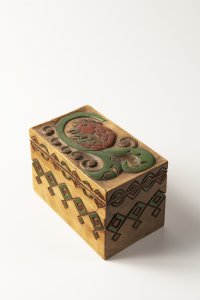
Lot 41 A BOX
Starting price10 000 CZK | 392 €
Price realized
210 000 CZK | 8 235 €
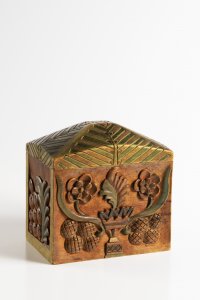
Lot 42 A BOX
Starting price20 000 CZK | 784 €
Price realized
400 000 CZK | 15 686 €
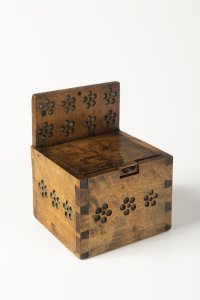
Lot 43 A BOX
Starting price8 000 CZK | 314 €
Price realized
35 000 CZK | 1 373 €
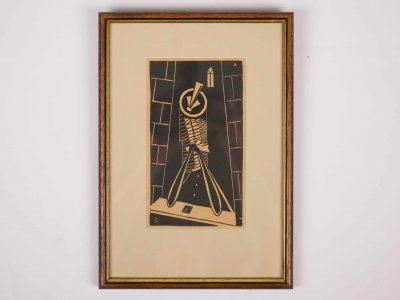
Lot 44 THREE BOXES
Starting price15 000 CZK | 588 €
Price realized
120 000 CZK | 4 706 €
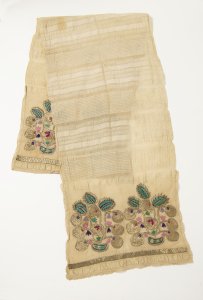
Lot 45 A SHAWL
Starting price12 000 CZK | 471 €
Price realized
42 000 CZK | 1 647 €
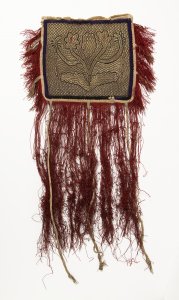
Lot 46 A CURTAIN PANEL
Starting price14 000 CZK | 549 €
Price realized
14 000 CZK | 549 €
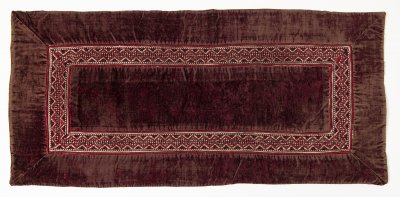
Lot 47 A BLANKET
Starting price8 000 CZK | 314 €
Price realized
8 000 CZK | 314 €
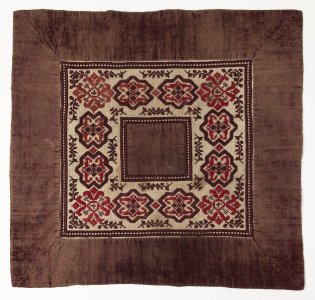
Lot 48 A BLANKET
Starting price10 000 CZK | 392 €
Price realized
10 000 CZK | 392 €
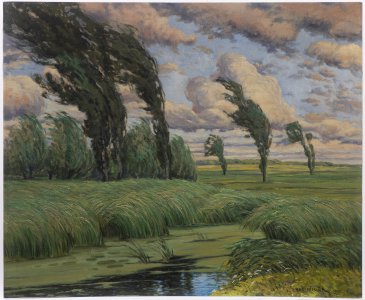
Lot 49 WINDY DAY
Starting price85 000 CZK | 3 333 €
Price realized
95 000 CZK | 3 725 €
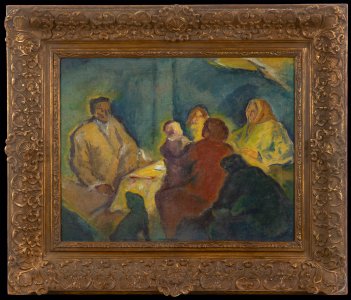
Lot 50 FAMILY
Starting price190 000 CZK | 7 451 €
Price realized
410 000 CZK | 16 078 €
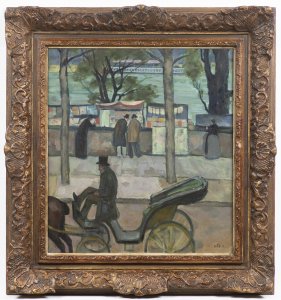
Lot 51 RIVERBANK IN PARIS
Starting price250 000 CZK | 9 804 €
Price realized
450 000 CZK | 17 647 €
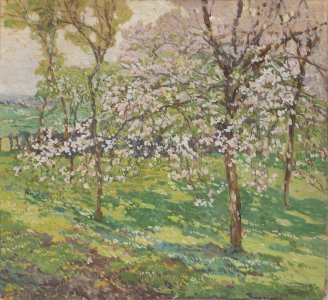
Lot 52 BLOSSOMING ORCHARD
Starting price70 000 CZK | 2 745 €
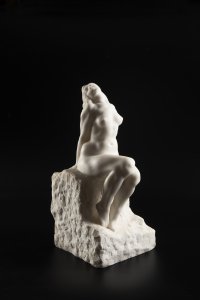
Lot 53 DESIRE
Starting price70 000 CZK | 2 745 €
Price realized
130 000 CZK | 5 098 €
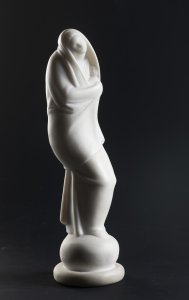
Lot 54 MADONNA
Starting price240 000 CZK | 9 412 €
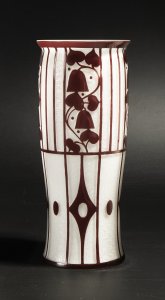
Lot 55 A VASE
Starting price75 000 CZK | 2 941 €
Price realized
100 000 CZK | 3 922 €
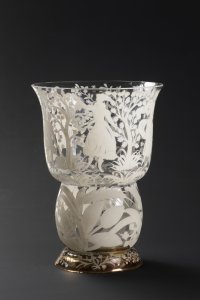
Lot 56 A VASE
Starting price38 000 CZK | 1 490 €
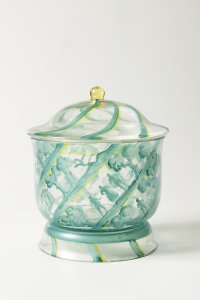
Lot 57 A GLASS BOX
Starting price18 000 CZK | 706 €
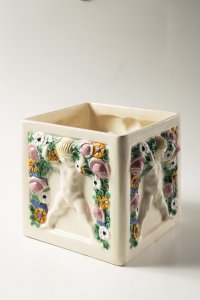
Lot 58 A FLOWER POT WITH PUTTI
Starting price18 000 CZK | 706 €
Price realized
25 000 CZK | 980 €
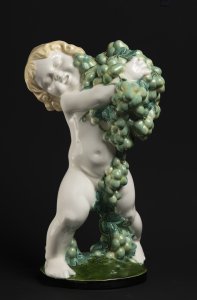
Lot 59 A PUTTO FIGURE – AUTUMN
Starting price75 000 CZK | 2 941 €
Price realized
100 000 CZK | 3 922 €
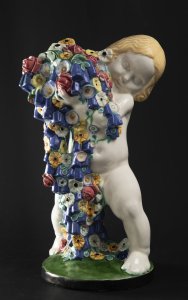
Lot 60 A PUTTO FIGURE – SPRING
Starting price75 000 CZK | 2 941 €
Price realized
110 000 CZK | 4 314 €
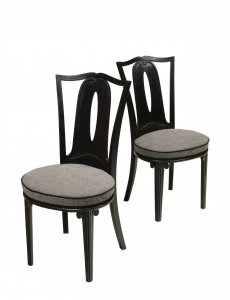
Lot 61 TWO CHAIRS
Starting price48 000 CZK | 1 882 €
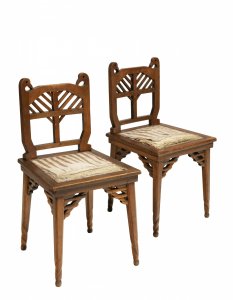
Lot 62 TWO CHAIRS
Starting price20 000 CZK | 784 €
Price realized
65 000 CZK | 2 549 €
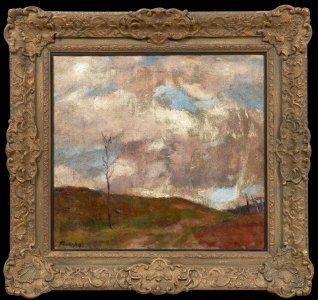
Lot 63 SPRING LANDSCAPE
Starting price450 000 CZK | 17 647 €
Price realized
1 600 000 CZK | 62 745 €
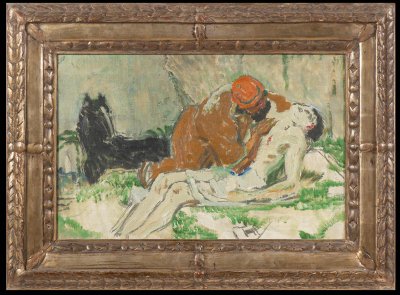
Lot 64 THE GOOD SAMARITAN
Starting price3 800 000 CZK | 149 020 €
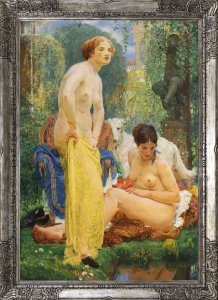
Lot 65 IN NATURE
Starting price380 000 CZK | 14 902 €
Price realized
430 000 CZK | 16 863 €
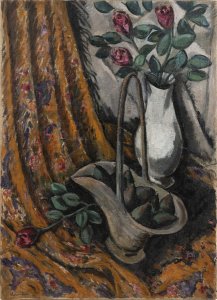
Lot 66 A STILL LIFE WITH ROSES
Starting price70 000 CZK | 2 745 €
Price realized
70 000 CZK | 2 745 €
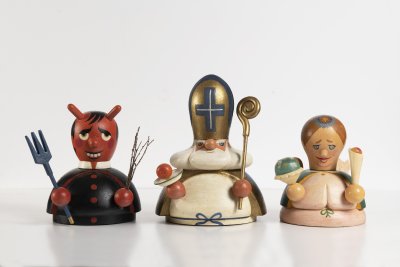
Lot 67 ST. NICHOLAS AND HIS COMPANIONS
Starting price30 000 CZK | 1 176 €
Price realized
38 000 CZK | 1 490 €

Lot 68 A CUBIST BEDROOM SET
Starting price700 000 CZK | 27 451 €
Price realized
700 000 CZK | 27 451 €
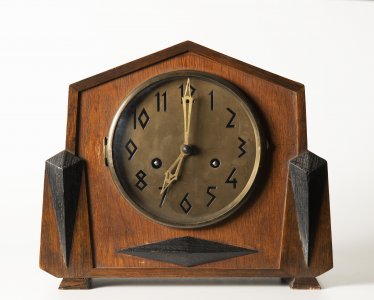
Lot 69 A CUBIST CLOCK
Starting price95 000 CZK | 3 725 €
Price realized
160 000 CZK | 6 275 €
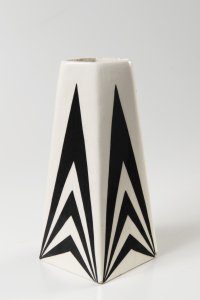
Lot 70 A CUBIST VASE
Starting price70 000 CZK | 2 745 €
Price realized
120 000 CZK | 4 706 €
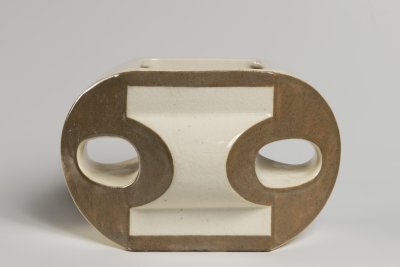
Lot 71 A CUBIST VASE
Starting price70 000 CZK | 2 745 €
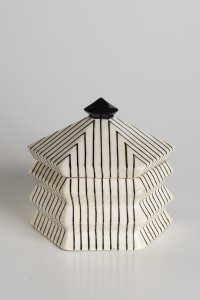
Lot 72 A CUBIST BOX
Starting price35 000 CZK | 1 373 €
Price realized
140 000 CZK | 5 490 €

